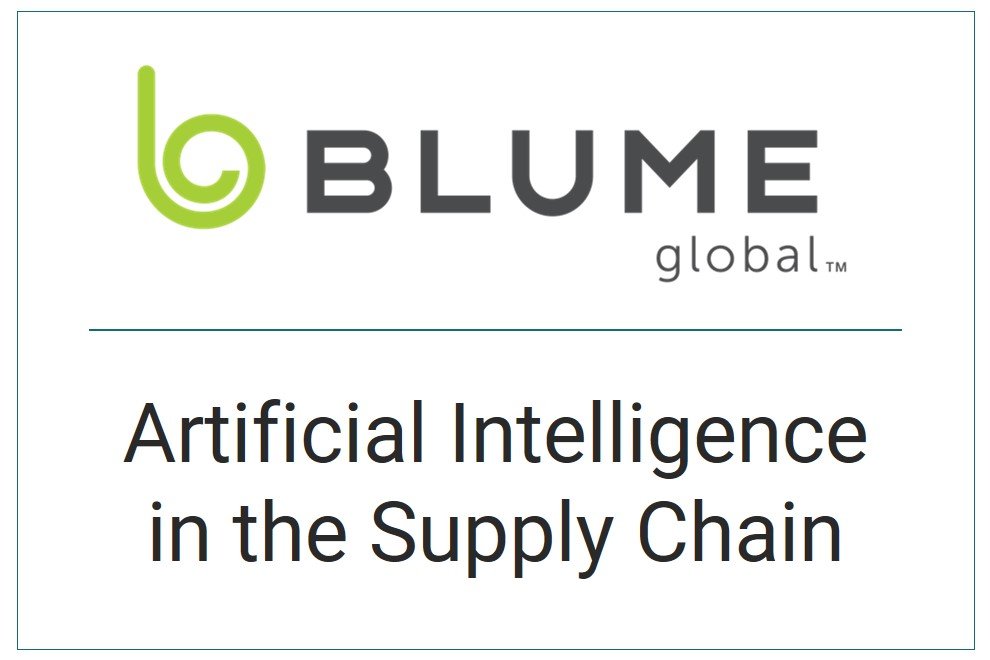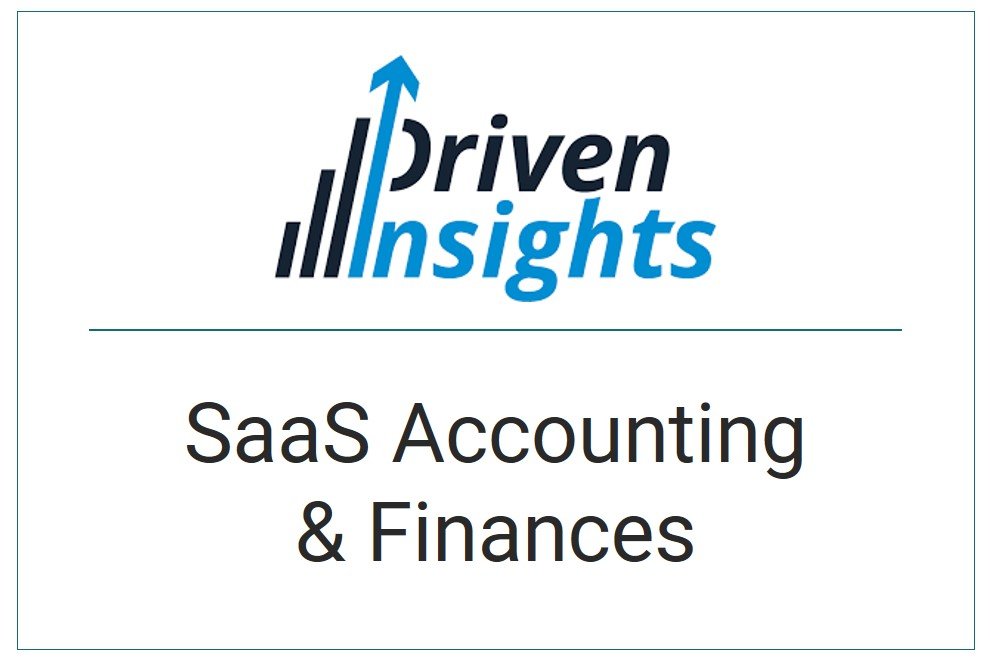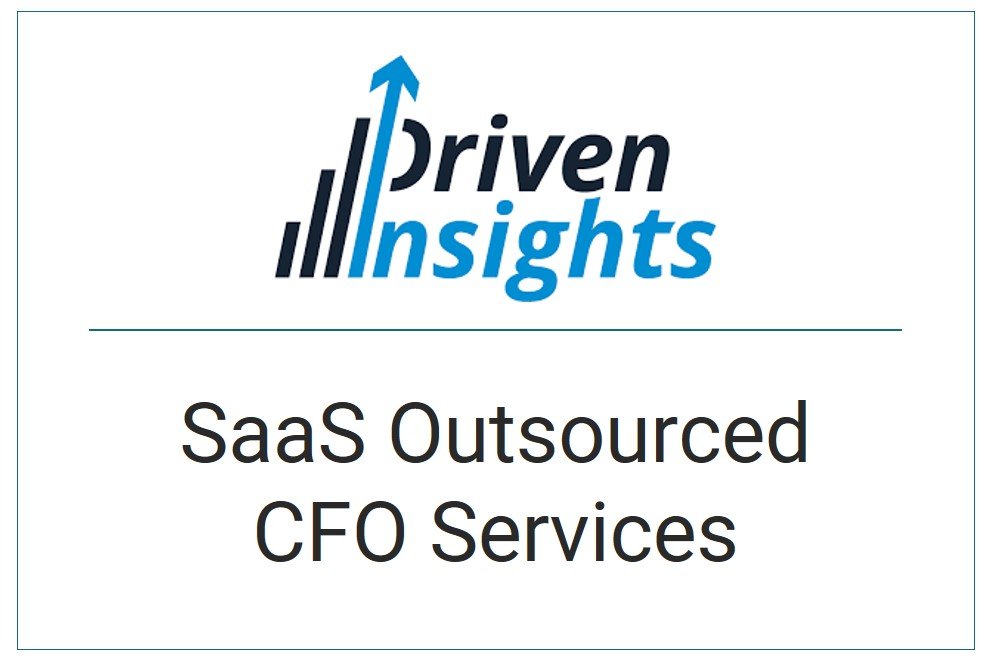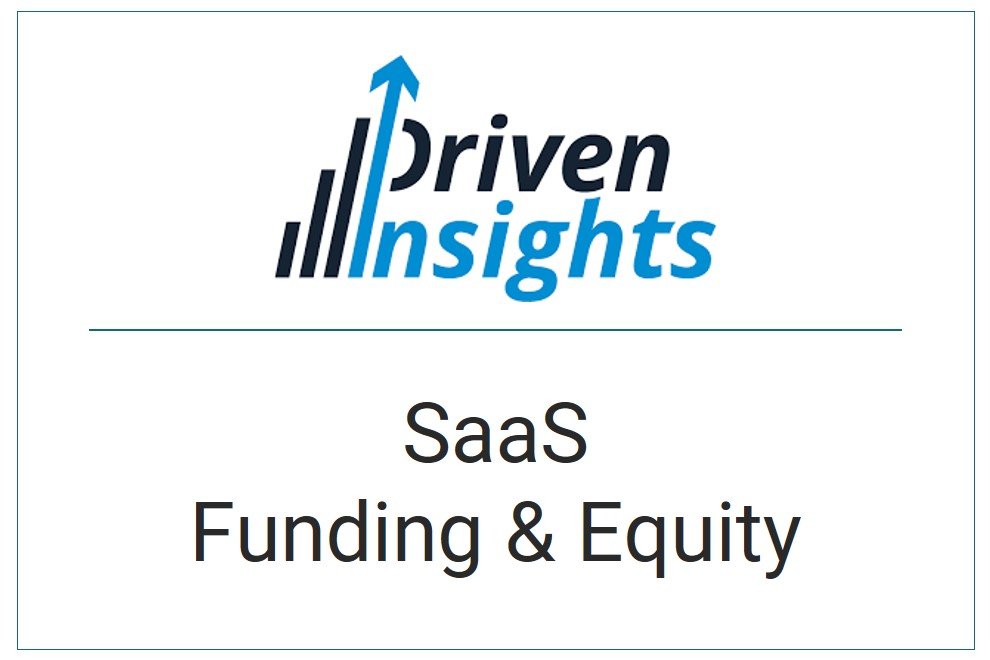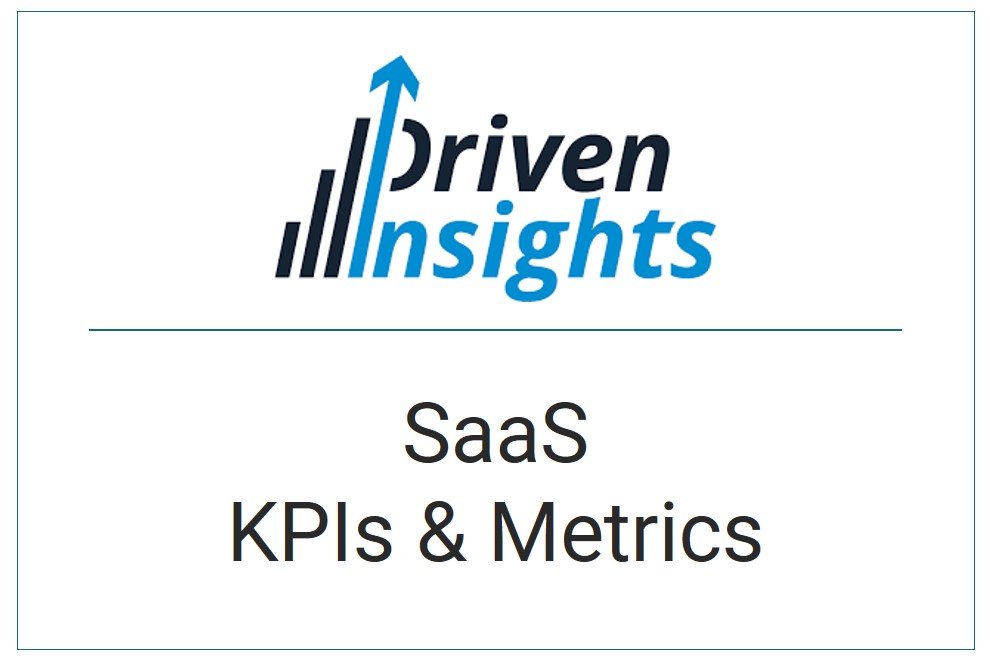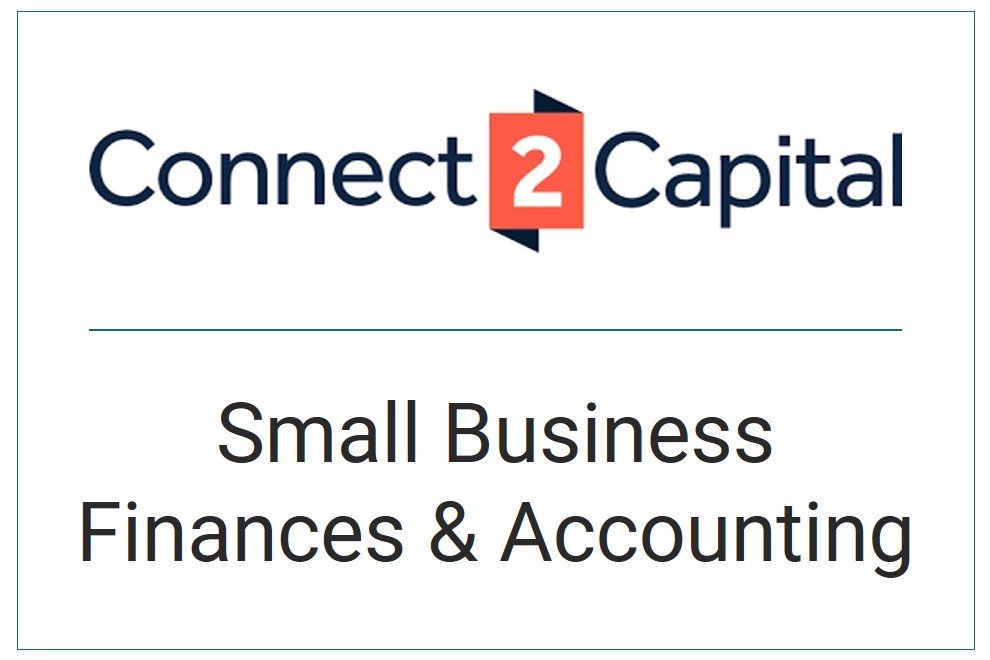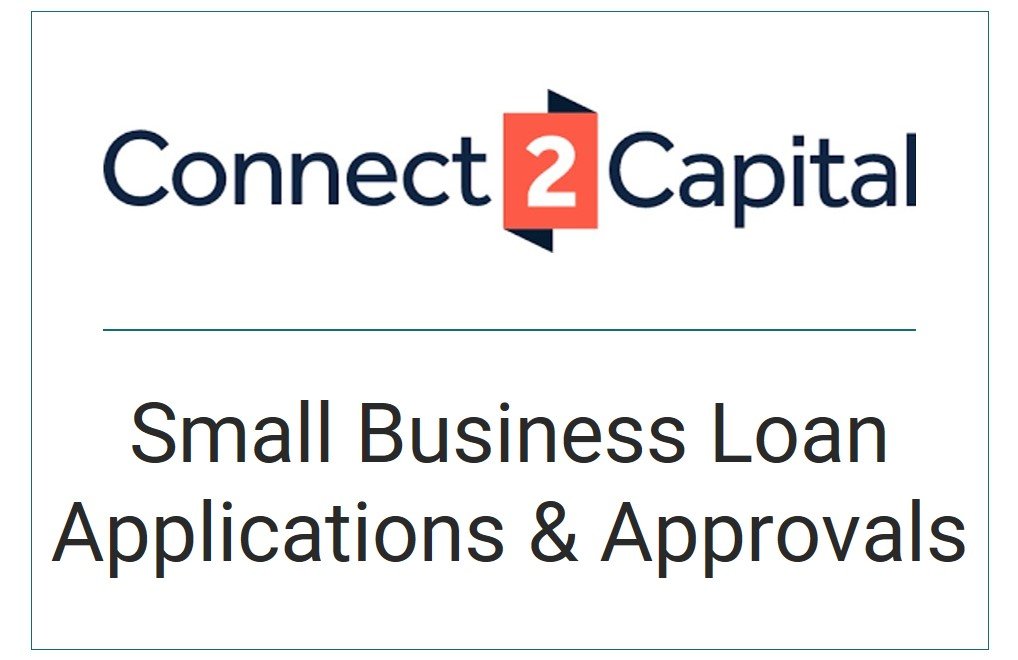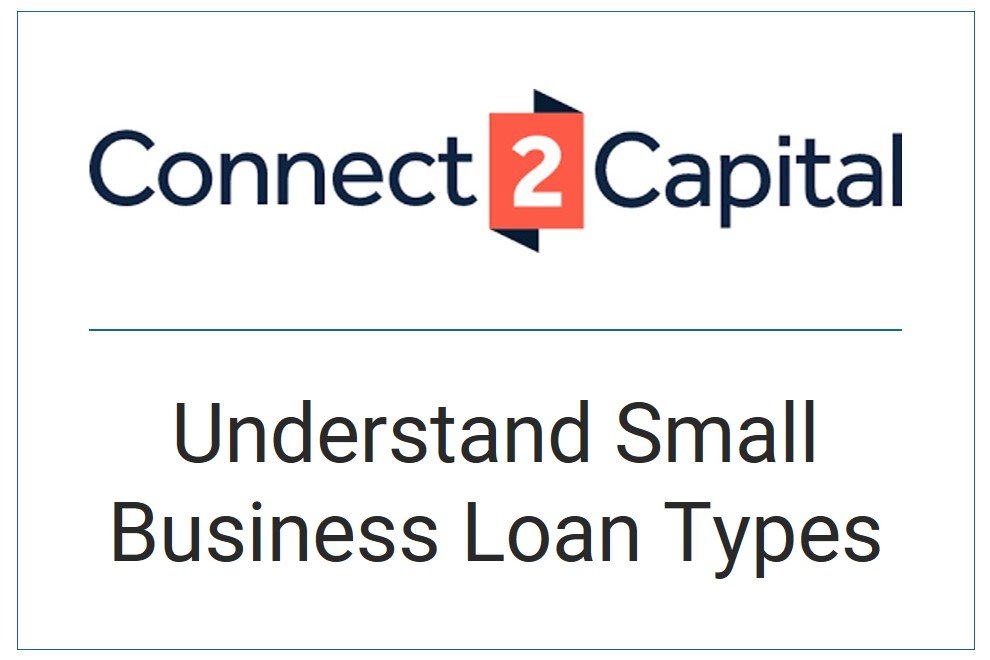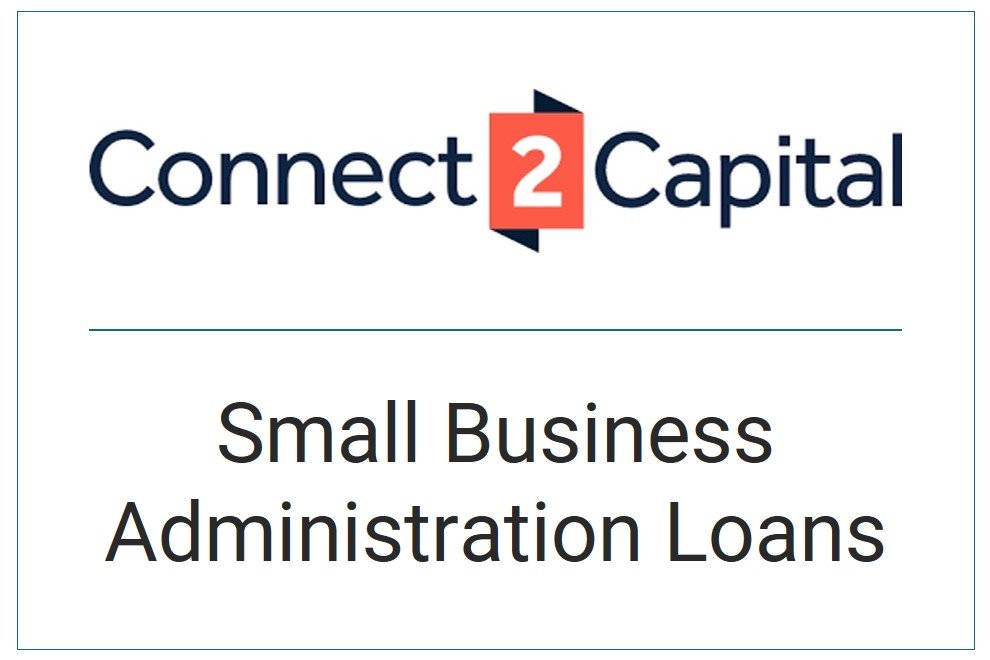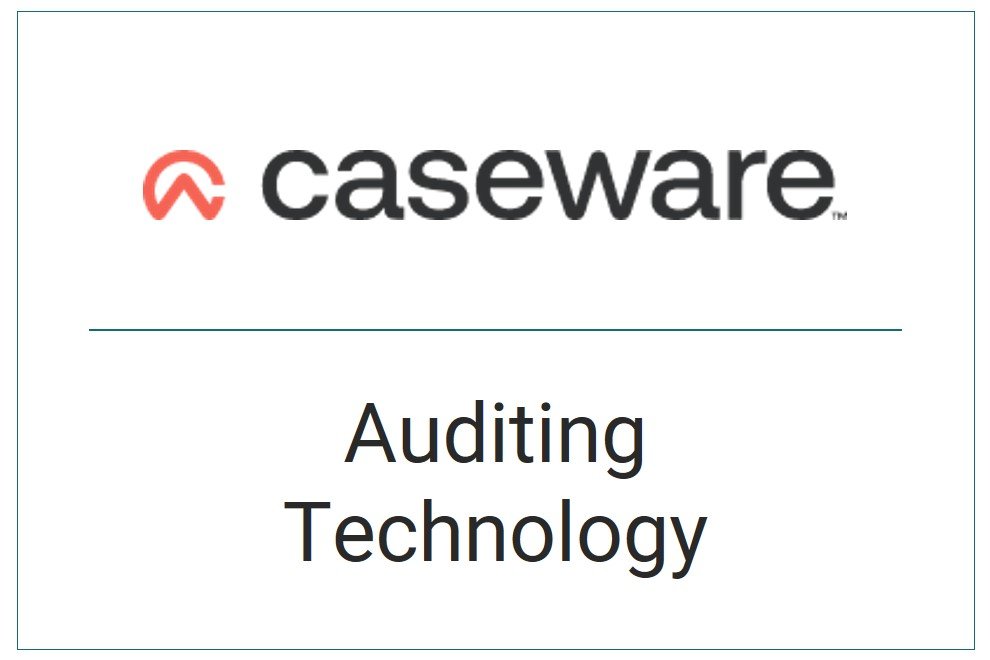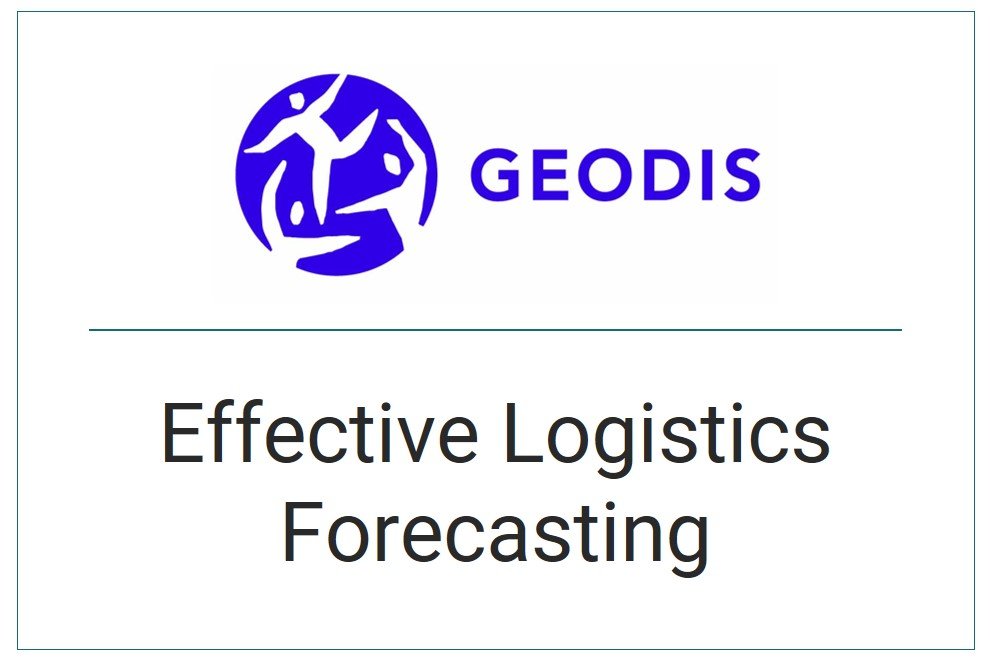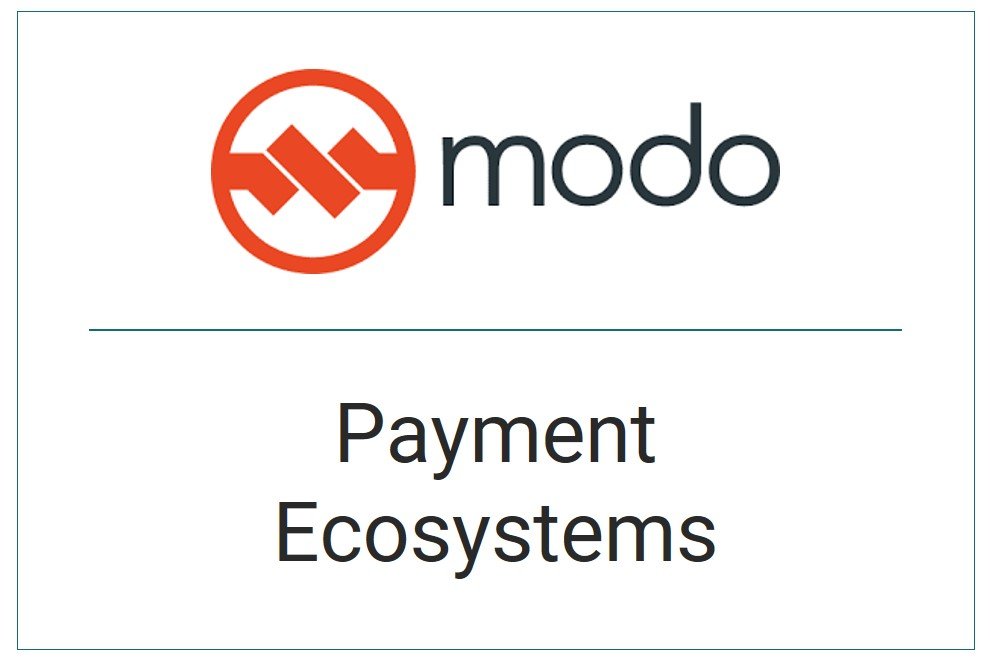SaaS Metrics & KPIs—Detailed Writing Samples
This is a collection of nine guides that I co-wrote With Dave Robinson for Driven Insights and that are published on their blog. These writing portfolio samples are based on a theme of key performance indicators (KPIs) and metrics for Software as a Service products. We wrote these guides for businesses that want to:
Understand how to accurately calculate important metrics to show SaaS growth and success.
Get insight into the nuances and challenges of working out accurate SaaS KPIs.
Demonstrate the potential and growth of SaaS products to stakeholders.
You will find links to each published sample below.
Intent of this writing on metrics and KPIs for SaaS products
The overall intent of this work is to build trust with Driven Insight’s customers through sharing helpful, useful information, and to show thought leadership as an outsourced CFO service.
The other aims of this writing are to:
Compare different SaaS metrics.
Break down and provide helpful explanations of complex SaaS measurement topics.
Help the reader achieve a specific outcome through a step-by-step approach to SaaS KPIs.
Decrease the hassle, friction, and effort of calculating and understanding important SaaS metrics.
Remove confusion and ambiguity associated with different perspectives and calculations.
Demonstrate thought leadership from Driven Insights, particularly in the areas of SaaS insights and reporting.
Drive better business intelligence and decision-making within SaaS businesses.
Comply with regulatory frameworks as a result of using SaaS metrics.
Links to my published writing on SaaS KPIs
Here are links to my published samples.
WHY YOUR SAAS DASHBOARD KPIS NEED TO EVOLVE (SAAS REPORTING FOR EACH STAGE OF GROWTH)
“One of the most powerful ways to monitor the operational health of your SaaS business is through SaaS dashboards. Dashboards bring together your most important SaaS KPIs and present them in a clear and concise way that allows for data-driven decision-making. Stakeholders get an at-a-glance overview of your key SaaS metrics, while leadership can selectively drill down into SaaS reporting to explore trends, problem areas, and opportunities.
However, SaaS dashboards aren’t a set-it-and-forget-it reporting solution. The metrics that matter most to your business will evolve over time, depending on your stage of growth—and your dashboards should too. ”
MANAGE SAAS GROWTH FEARS WITH CASH FLOW FORECAST & BURN RATE
“Properly managing cash in a SaaS business is a delicate balancing act. In the early stages, you want to preserve cash—ensuring your burn rate provides a long enough runway to establish product/market fit and build your sales engine. As your business begins to scale, you’ll hit an inflection point, where you need to pump cash into sales and marketing to grow fast and aggressively build market share.
Understanding your cash burn rate until you’re cash flow positive—and your cash flow projections once you are—is required to survive and thrive as a SaaS firm.”
THE RIGHT WAY TO CALCULATE & USE ANNUAL RECURRING REVENUE
“When it comes to key SaaS metrics, Annual Recurring Revenue (ARR) is the one every stakeholder has their eyes on. When a SaaS company is experiencing ARR growth, it’s a signal to founders, CEOs, investors, and others that the business is building momentum. Growing ARR will drive enterprise value, help to secure investment, and play a major role in critical decisions at every stage of a SaaS firm’s growth.
However, it’s far too common for SaaS companies to miscalculate and misuse ARR. This leads to flawed reporting, misguided decisions, and inconsistencies that erode investor confidence—ultimately taking a toll on valuation. ”
HOW TO CALCULATE CAC (THE RIGHT WAY)
“Enter customer acquisition cost (CAC)—the SaaS metric that reveals how much a firm spends on average to acquire a new customer and, importantly, whether it should be spending more (or less) to fuel efficient growth.
A key performance indicator for founders, CEOs, board members, and investors alike, CAC is a simple concept with a straightforward formula. Unfortunately, enough SaaS companies still miscalculate, misunderstand, and misuse CAC that it is considered one of the top reasons for SaaS failure. Indeed, getting CAC wrong can have far reaching implications.”
WHEN & HOW TO USE SAAS MAGIC NUMBER
“SaaS magic number is one of several “sales efficiency metrics” whose purpose is to measure the impact of each dollar spent on sales and marketing on revenue growth. The more efficiently sales and marketing spend translates into revenue growth, the stronger the case for increasing that spend. This can mean expanding the sales team, intensifying marketing efforts, or seeking the necessary capital to do so.
How is the SaaS magic number calculated? How should you interpret the results? When does it matter most? Do investors care about it?”
3 WAYS TO CALCULATE CHURN (AND WHY)
“Consider churn, an essential SaaS metric that measures the flow of customers and revenue leaving your business. Like most SaaS KPIs, churn is not a one-size-fits-all metric. There are several different types of churn, each with their own formula and use cases. In order to effectively manage churn, you must know how to calculate the different types, when to use them, and how to interpret the resulting information.
In this article, we’ll explore 3 ways to calculate churn, and why each is important, so you have the right tools to maintain positive growth for your SaaS business. ”
WHY LTV IS MISLEADING (& HOW TO ADDRESS IT)
“Indeed, it is critical for SaaS firms to understand LTV and how to use it. One of the keys to this understanding is the relationship between churn and lifetime value. In other words, the impact of revenue leaving your business on the average value of a customer.
In this article, we’ll examine how different types of churn can influence LTV. You’ll see just how nuanced this metric really is, as slight variations of the LTV calculation can paint a very different picture when it comes to the value of a customer—and the profitability of your SaaS business.”
HOW TO USE THE RULE OF 40
“The Rule of 40 combines your growth rate and profit margin to gauge the overall health and potential of your SaaS company. For investors, the Rule of 40 is a high-level KPI they can use to quickly understand the attractiveness of your business relative to others.
The Rule of 40 isn’t just helpful for investors. SaaS businesses rely on this metric to determine whether they should prioritize growth efforts or focus on profitability at any given point in time.”
HOW TO ACT ON YOUR LTV:CAC RATIO
“The ratio is a key SaaS metric that compares your Customer Acquisition Cost (CAC) with your Customer Lifetime Value (LTV). This ensures the total revenue/gross profit you collect from a customer significantly outweighs the cost of acquiring them in the first place. That’s essential to investors—as they pump money into your sales and marketing to fuel growth, they can be confident that the revenue returns from those customers are multiples of the funds the investors are providing.”
More information about these portfolio writing samples
Here’s some more details on these pieces.
Learn about my client, Driven Insights
I created these samples for my client, Driven Insights. Find out more about them here.
Freelance writing services for these portfolio samples
I provided this content writing as part of the following services:
Writing expertise and topics for these portfolio samples
This content writing fell into the following topic areas:
Business: Business Intelligence and Analytics, Risk and Compliance
Finance: Accounting and Taxes, Financial Management
Technology: Software as a Service
Type of writing
My writing for Driven Insights is ghostwritten. The main author of these pieces is Dave Robinson, an expert in SaaS finances, and I provided co-authorship assistance. This content was provided via a marketing agency, Brand Theory.
Similar portfolio samples
Discover more of my writing portfolio samples in related areas.
All logos and trademarks are used under fair-use guidelines. In all cases, my clients have paid for my work and they have complete ownership and copyright of the writing samples published by them and linked from this website, and no ownership is claimed or implied by me. Links to samples are included as per my freelance writing contract with clients. Linkage from this website is intended to provide my clients with greater SEO ranking through backlinks, and to demonstrate their expertise through my work. All excerpts from samples are placed inside block quote elements to prevent any possible duplicate content penalties. Any statistics mentioned are sourced from SEM Rush in mid-2022. For more information, please see my disclaimer.
